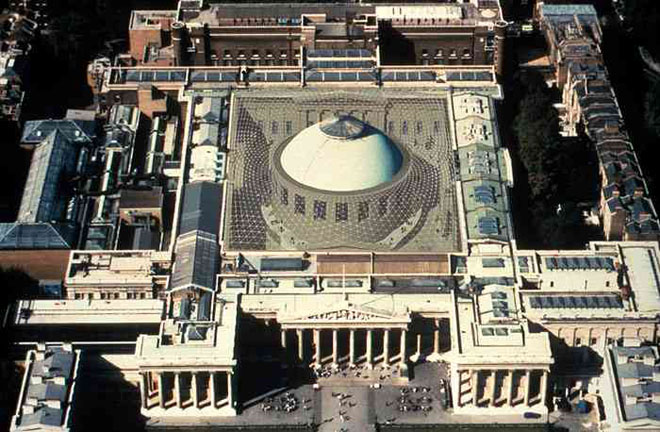Tajik Embassy in London has conducted negotiations with the British Museum on the possibility of making copies of the most valuable items of the Oxus Treasure and handing over them to Tajikistan, a source in the Tajik government said, Asia-Plus reported.
He noted the British Museum has agreed to make copies of five items this year and donate them to Tajikistan on the occasion of the 20th anniversary of its independence.
"According to Dr. John Simpson, Assistant Keeper, Iran and Arabia Ancient Iran and Arabia Department, the British Museum, copies of other items will be made and handed over to the Tajik side next year," added the source, "But it is impossible to make copies of the majority of items of the Oxus Treasure because they are very fragile. Therefore, the British Museum has decided to make copies only of those items that can be copied."
We will recall that in April 2007, the presidential office said that President Emomali Rahmon has given orders to take the necessary steps to return the Oxus treasure, which is kept at the British Museum.
The Oxus treasure is a collection of 170 gold and silver items from the Achaemenid Persian period dating from the 4th - 2nd centuries B.C., including vessels, armlets, seals, finger rings, and coins. Pieces from it are located in the Victoria and Albert Museum and in the British Museum, with many items bequeathed to the nation by Augustus Wollaston Franks.
The artifacts were discovered in the 19th century. A group of merchants acquired the Treasure (the precise findspot is unknown, but thought to be on the River Oxus. Oxus is the ancient name of the Amudarya River); however, on the road from Kabul to Peshawar they were captured by bandits, who dispersed the Treasure before they were rescued by Capt. F.C. Burton, the British political officer in Afghanistan. He then helped them to recover the Treasure and, in gratitude, they sold him a companion piece to one of the bracelets now at the British Museum; this companion piece is now in the Victoria and Albert Museum. These merchants then continued to Rawalpindi to sell the rest of the Treasure. Thus pieces of the Oxus Treasure were then bought from the bazaars of India, and finally ended up in the British Museum after this long journey.
The British Museum hands over copies of items from the Oxus treasure to Tajikistan
Tajik Embassy in London has conducted negotiations with the British Museum on the possibility of making copies of the most valuable items of the Oxus Treasure and handing over them to Tajikistan, a source in the Tajik government said.






